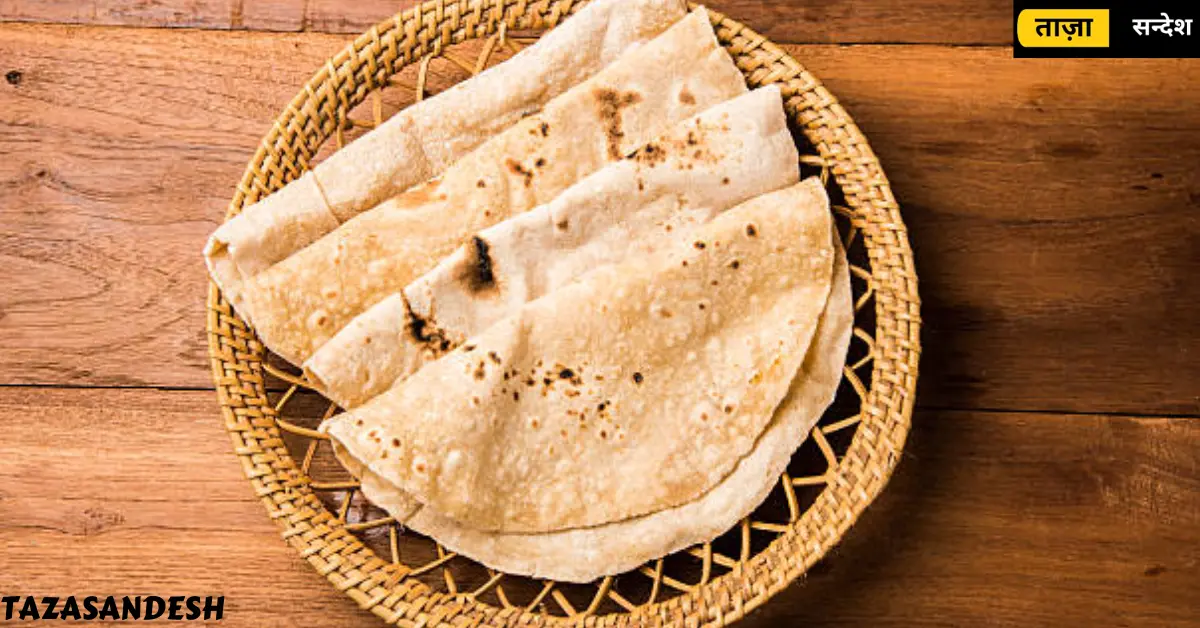How many calories in one roti
Roti is a well-known and adaptable staple in Indian cuisine, often referred to as Indian bread or chapatis. In Indian households, chapatis are prepared daily using wheat flour. In India, a meal is regarded as lacking in nutritional completeness if it does not include rotis. A whole wheat roti is a source of carbohydrates, fats, proteins, and various micronutrients.
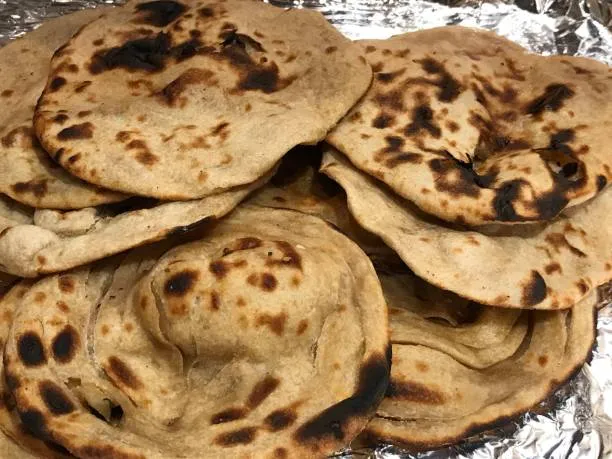
Calories in one roti/chapatis of different sizes and number:
| Size and number of roti (chapatis) | Approx Calories |
| One Medium-sized Roti (40 Grams) | 120 Calories |
| Half of a Medium-sized Roti | 60 Calories |
| One Ounce (oz) of Roti (28 Grams) | 85 Calories |
| Small Roti (32 Grams) | 96 Calories |
| Big Roti (52 Grams) | 156 Calories |
| Two medium Rotis (80 Grms) | 240 Calories |
| Three Medium Rotis (120 Grams) | 360 Calories |
| Four Medium Rotis (160 Grams) | 480 Calories |
| Five Medium Rotis (200 Grams) | 600 Calories |
Calories & nutrition in different types of rotis/chapatis:
| Types of Rotis/Chapatis | Energy (Calories) | Carbohydrates | Protein | Fats |
| Bajra Roti Calories | 140 | 0 g | 0 g | 6.5 g |
| Indian Whole Wheat Roti Calories | 106 | 22.3 g | 4 g | 0.5 g |
| Ragi/Nachni Roti Calories | 139 | 20.7 g | 2.8 g | 5.7 g |
| Jowar Roti Calories | 349 | 75 g | 10 g | 2 g |
| Multigrain Roti Calories | 104 | 16.2 g | 2.5 g | 3.3 g |
| Missi Roti Calories | 203 | 60.8 g | 7.8 g | 6.1 g |
| Barley/Jau Roti Calories | 30 | 0 g | 0 g | 2 g |
| Makki Roti Calories | 110 | 23 g | 3 g | 1 g |
| Akki Roti Calories | 152 | 30 g | 2.9 g | 2.3 g |
| Besan Roti Calories | 100 | 0 g | 6 g | 1.7 g |
| Oats Roti Calories | 88 | 12.3 g | 2.3 g | 3.5 g |
| Rye Roti Calories | 299 | 46.13 g | 7.85 g | 9.2 g |
| Methi (Fenugreek Greens) Roti Calories | 130 | 19 g | 4 g | 4 g |
Roti: Nutritional Facts
When discussions regarding weight loss arise, it is common for nutritionists and dieticians to recommend eliminating rice from our diets in favor of whole wheat roti or chapati. Understanding the caloric content of a roti is essential for appreciating its nutritional value. A medium-sized roti, weighing 40 grams, contains roughly 120 calories. By being aware of the caloric content of a chapati, one can effectively manage their overall caloric intake based on the number of rotis consumed. For instance, consuming two medium-sized rotis would yield approximately 240 calories, while three would provide about 360 calories. It is important to examine the number and size of rotis, along with their corresponding caloric values.
- A medium-sized chapati or roti, approximately 40 grams in weight, provides around 120 Calories in one roti.
- Half of a medium chapati or roti contains roughly 60 Calories in one roti. An ounce (28 grams) of chapati or roti has about 85 Calories in one roti.
- A small chapati or roti, weighing around 32 grams, contains approximately 96 Calories in one roti.
- A large chapati or roti, weighing about 52 grams, has an estimated 156 Calories in one roti.
- Two medium-sized chapatis or rotis, totaling 80 grams, provide 240 Calories in one roti.
- Three medium-sized rotis, weighing 120 grams, contain 360 Calories in one roti.
- Four medium-sized chapatis or rotis, with a total weight of around 160 grams, offer 480 Calories in one roti.
- Finally, five medium-sized chapatis or rotis, weighing 200 grams, contain 600 Calories in one roti.
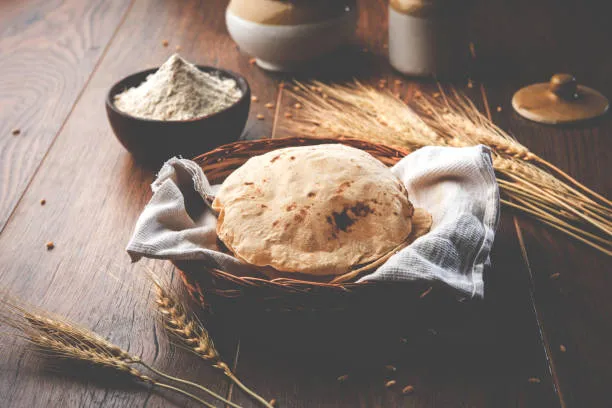
Is Kasuri methi and oregano are same which is better: जानिये Kasuri methi और oregano में क्या हैं अंतर?
Rotis and chapatis serve as a significant source of carbohydrates, fats, and proteins. A single roti weighing 100 grams provides the following nutritional information.
In 100 grams of chapati or roti, there are approximately 300 Calories in one roti. Additional nutritional components of a roti or chapati are detailed below.
- It comprises roughly 62% carbohydrates.
- It contains 11% proteins.
- It has 28% fats.
Protiens:
A 100-gram serving of roti provides 7.85 grams of protein. Therefore, if you consume 40 grams of chapati or roti, you will intake roughly 3.1 grams of protein, along with a caloric value of 12 Calories in one roti.
Carbohydrates:
Roti or chapati comprises 46.13 grams of carbohydrates per 100 grams. A medium-sized roti or chapati, weighing approximately 40 grams, provides around 18.5 grams of carbohydrates and contains 68 Calories in one roti.
Fats:
Roti or chapati has an approximate fat content of 9.2 grams per 100 grams. A medium-sized roti, weighing 40 grams, contains about 3.7 grams of fat and provides 33 Calories in one roti.
Health Benefits Of Roti:
The rolled soft chapati serves as a fundamental component of Indian cuisine, typically enjoyed alongside sabzi, chutney, dal, and pickles (achar). Composed primarily of wheat, roti offers numerous health advantages. Below are some of the notable health benefits associated with roti:
- Roti is a natural and nutritious source of carbohydrates, providing a healthier alternative to other carbohydrate-rich and calorie-dense diets. It is often recommended for individuals aiming to lose weight or those adhering to a low-calorie diet.
- Roti possesses a low glycemic index (GI), which means it does not significantly elevate blood sugar levels. This characteristic makes it an ideal food choice for individuals with diabetes or other metabolic conditions, including heart disease.
- Rich in vitamin B1 (Thiamine), roti contributes to the intake of this essential B-complex vitamin. While some foods naturally contain thiamine, others may have it added, and it is also available as a dietary supplement. Unfortunately, the current food production processes often lead to a substantial loss of vitamin B1 during storage, refining, and cooking.
- Vitamin B1 acts as an antioxidant, assisting the body in neutralizing potentially harmful free radicals.
- Incorporating roti into your diet allows for a reduction in calorie intake while maintaining low-fat levels. Additionally, roti is high in dietary fiber compared to other carbohydrate-rich foods, which aids in digestion and alleviates bowel movement issues.
- Chapatis can be paired with a variety of foods such as vegetables, dal, paneer, and soya, thereby enhancing the intake of vitamins, proteins, fiber, and minerals in your diet. Roti can be prepared using whole wheat flour or alternative grains such as barley, ragi, bajra, jowar, and other millets. Combining whole wheat flour with other low glycemic index flours can further enhance its nutritional profile.
How many calories in one roti:
Roti serves as an excellent dietary component for both weight loss and muscle gain. This Indian flatbread is rich in calcium, dietary fiber, and protein, contributing to a feeling of fullness for an extended period. The caloric content of roti varies by type; for instance, a small chapati contains approximately 70 to 80 calories (Calories in one roti), while a medium-sized chapati has around 115 calories (Calories in one roti). Roti is a fundamental part of many Indian households. When preparing roti, it is essential to select the appropriate ingredients; for example, whole wheat flour is required for making whole wheat roti.
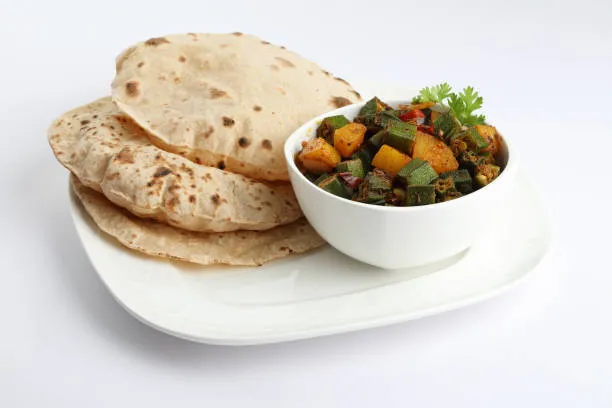
Additionally, incorporating a variety of vegetables can help curb hunger and prevent overeating. Whether your goal is to lose weight, build muscle, or maintain a healthy body weight, roti can be a flavorful addition to your meals. It is also a convenient food to include in your diet. Furthermore, chapati is a source of various micronutrients, such as vitamin E, vitamin B, and phosphorus, which can enhance bone health and alleviate constipation.
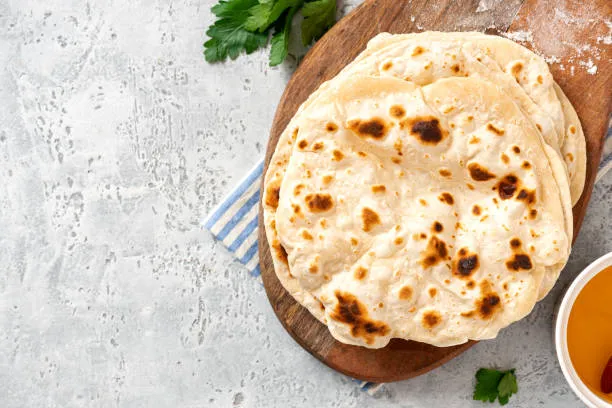
क्या हैं घी कॉफ़ी और बुलेटप्रूफ कॉफ़ी ? जानिये घी कॉफ़ी के 7 फायदे
Rotis and chapatis represent a nutritious, low-calorie food option that can be incorporated into your diet. These flatbreads can be prepared using millet, pulse flour, or Bengal gram flour, combined with whole wheat flour. This combination results in a lower-calorie, multi-grain roti that significantly boosts its nutritional benefits. In Indian households, rotis are a common staple, forming an essential part of daily meals. If you aim to shed some excess weight, consider substituting higher-calorie, carbohydrate-dense foods with rotis.
FAQs
How many calories are in 2 roti?
Two medium-sized rotis have an estimated calorie content of around 240 calories, while three medium-sized rotis contain approximately 360 calories.
Can I eat 2 roti while dieting?
Nutritionist Parmar recommends the consumption of 2-3 rotis each day as part of a weight loss regimen, complemented by a variety of other nutritious foods. He advises incorporating green leafy vegetable dishes, along with salad and yogurt, into your daily roti meals to ensure a balanced diet conducive to weight loss.
Can we eat chapati daily?
Chapati is a fundamental component of Indian cuisine, suitable for consumption at breakfast, lunch, or dinner. It ranks among the most nutritious foods that can be included in a daily diet. Contrary to a prevalent misconception that it is unhealthy due to its contribution to daily carbohydrate intake, this belief is unfounded.
Is besan better than wheat?
Besan is derived from finely ground chickpeas and serves as a fundamental component in various dishes such as besan ladoos, cheelas, and pakoras. When compared to wheat flour, besan contains a lower carbohydrate content and a higher protein level. Furthermore, it is rich in essential minerals, including iron, fiber, and B-complex vitamins.
Can I skip roti for weight loss?
Besan is derived from finely ground chickpeas and serves as a fundamental component in various dishes such as besan ladoos, cheelas, and pakoras. When compared to wheat flour, besan contains a lower carbohydrate content and a higher protein level. Furthermore, it is rich in essential minerals, including iron, fiber, and B-complex vitamins.
How many calories should I burn in a day?
Daily calorie expenditure occurs through movement, exercise, and the completion of routine activities. Generally, adult females require between 1,600 and 2,200 calories each day, while adult males typically need between 2,200 and 3,000 calories. It is important to note that the specific caloric needs of an individual vary based on personal physiology and levels of physical activity.
Which is better, roti or rice?
Which is better, roti or rice?
Can I eat roti at night for weight loss?
To achieve effective weight loss, it is recommended to reduce the intake of chapatis during the evening. Consider having 1 to 2 chapatis accompanied by a nutritious side dish for dinner. Excessive consumption of chapatis at night may impede weight loss efforts.
How may calories Should I eat in a day?
An average male requires approximately 2,500 kilocalories per day, while an average female needs around 2,000 kilocalories daily.
How many chapatis should I eat in a day to lose belly fat?
It is advisable to incorporate 2-3 chapatis into your daily meal plan if your goal is weight loss. Ensure that you pair your chapatis with a selection of vegetables, lean protein sources, and healthy fats to achieve a well-rounded diet.
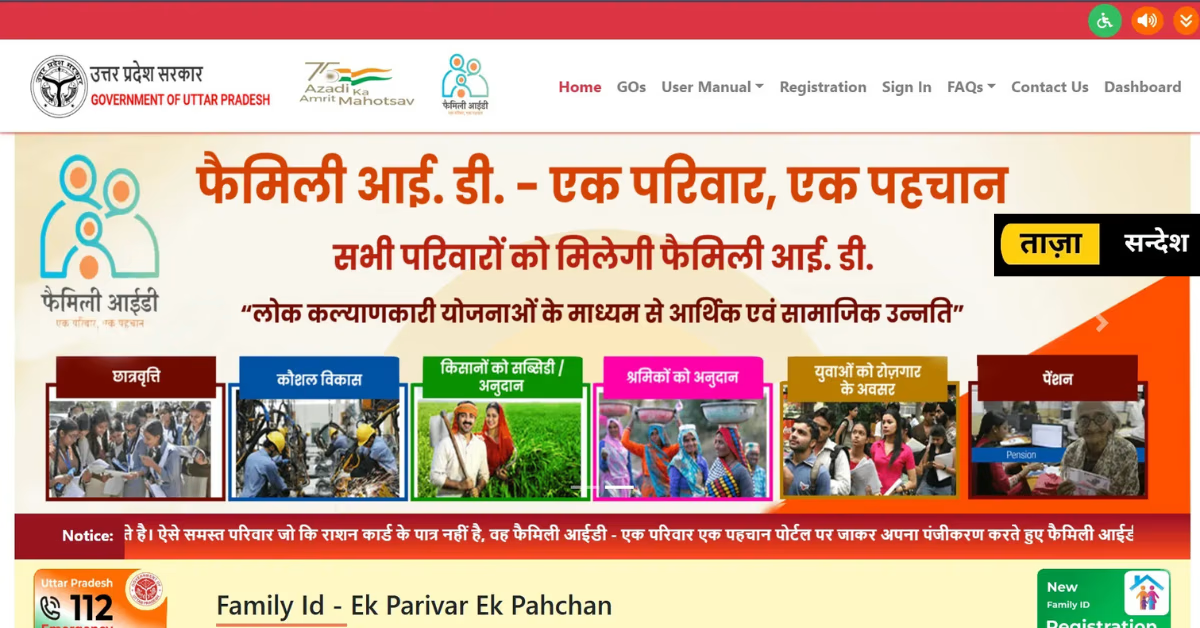
Family ID UP: Login, Registration, Status
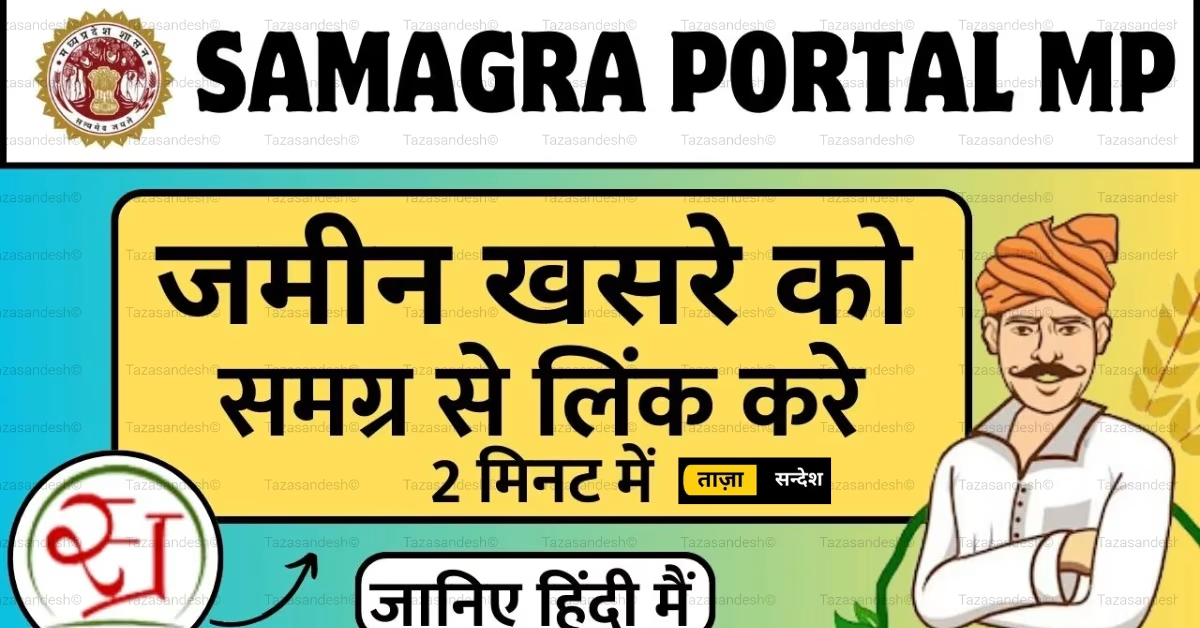
Bhumi ko Samagra ID se link kre
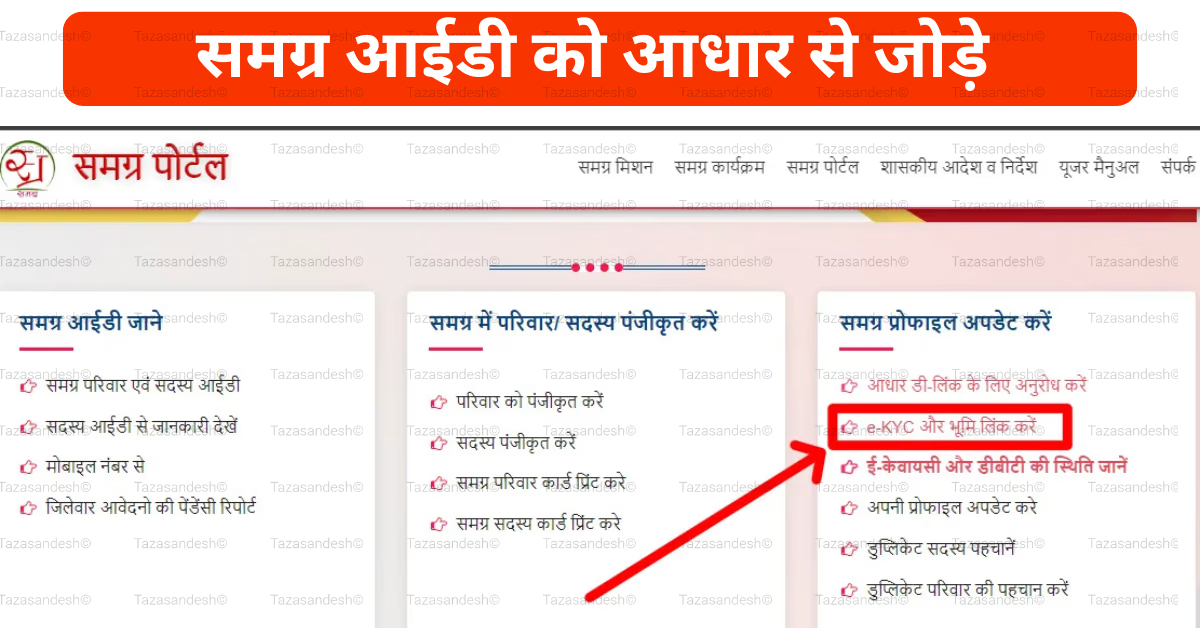
Samagra ID eKYC mp
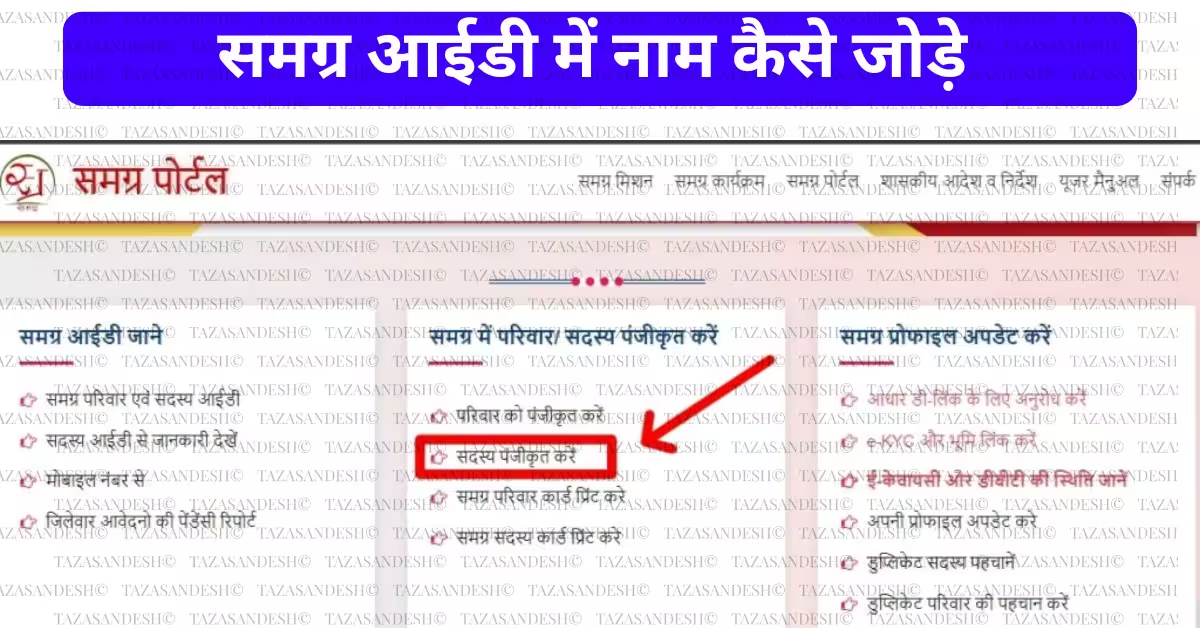
Samagra ID member registration
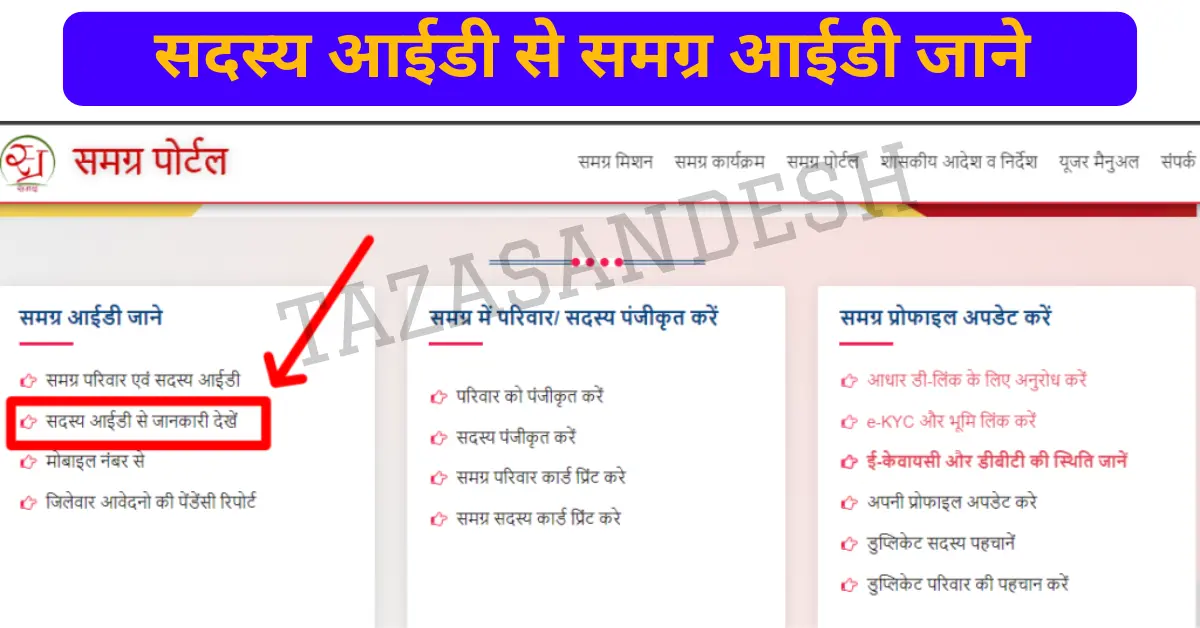
Samagra Portal Sadasya ID
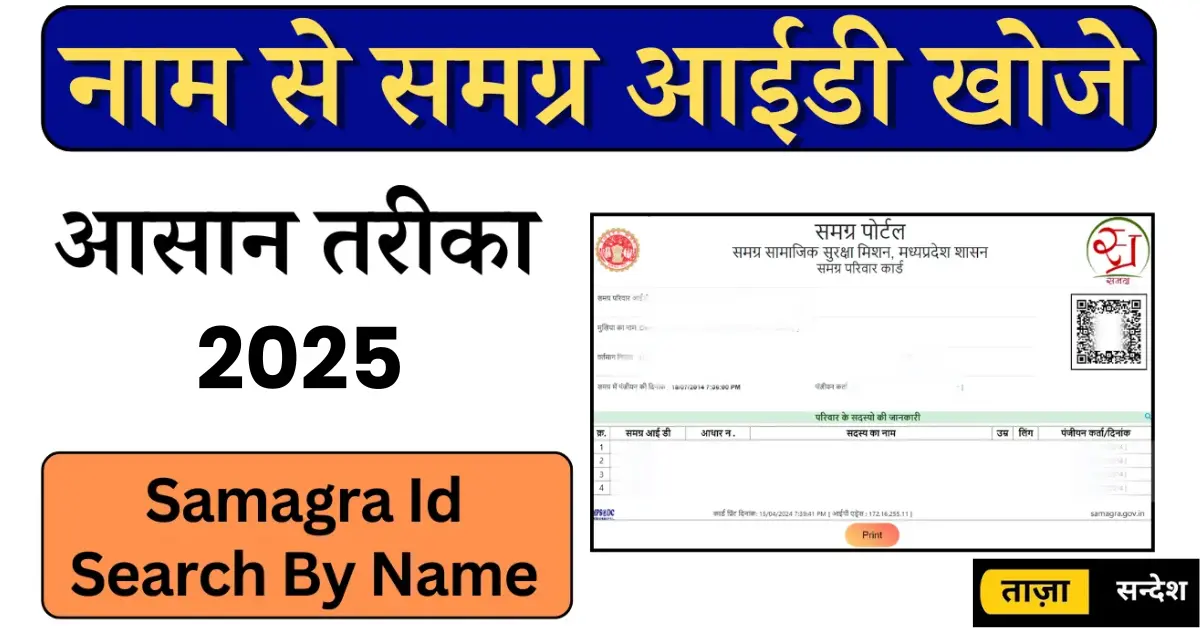
Samagra ID Search by name
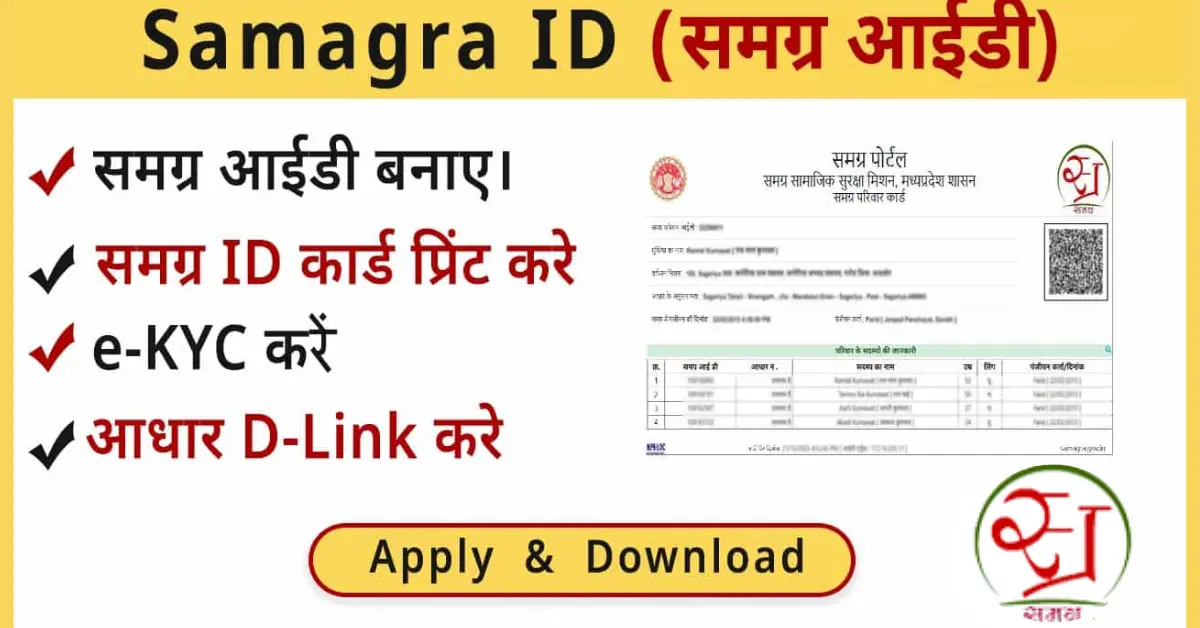
Samagra ID Portal MP: Registration, e-kyc, NPCI Status
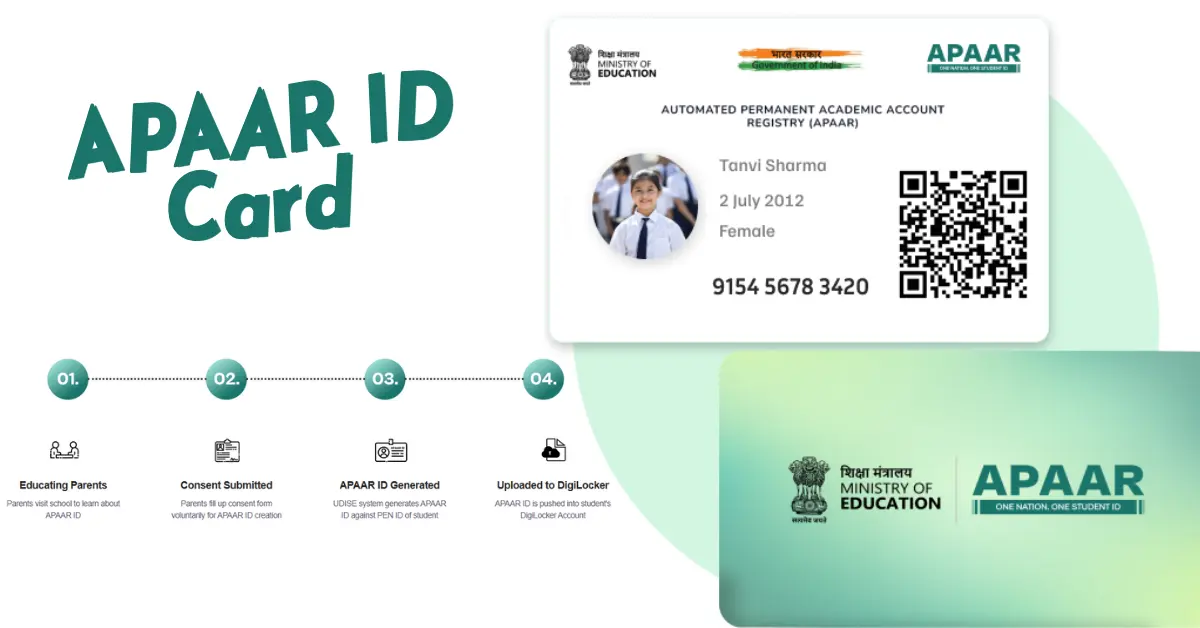
APAAR ID Card Apply Online

